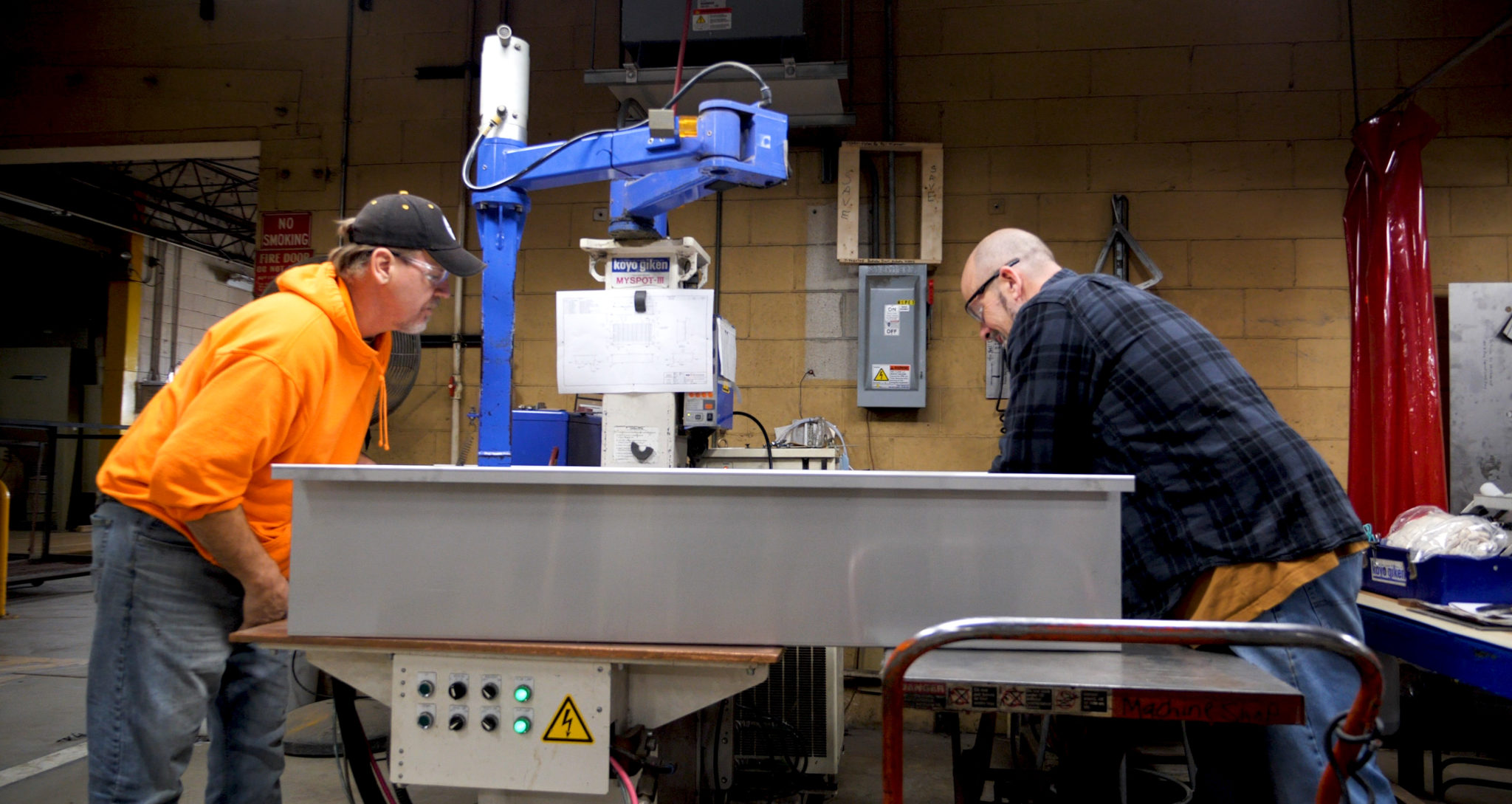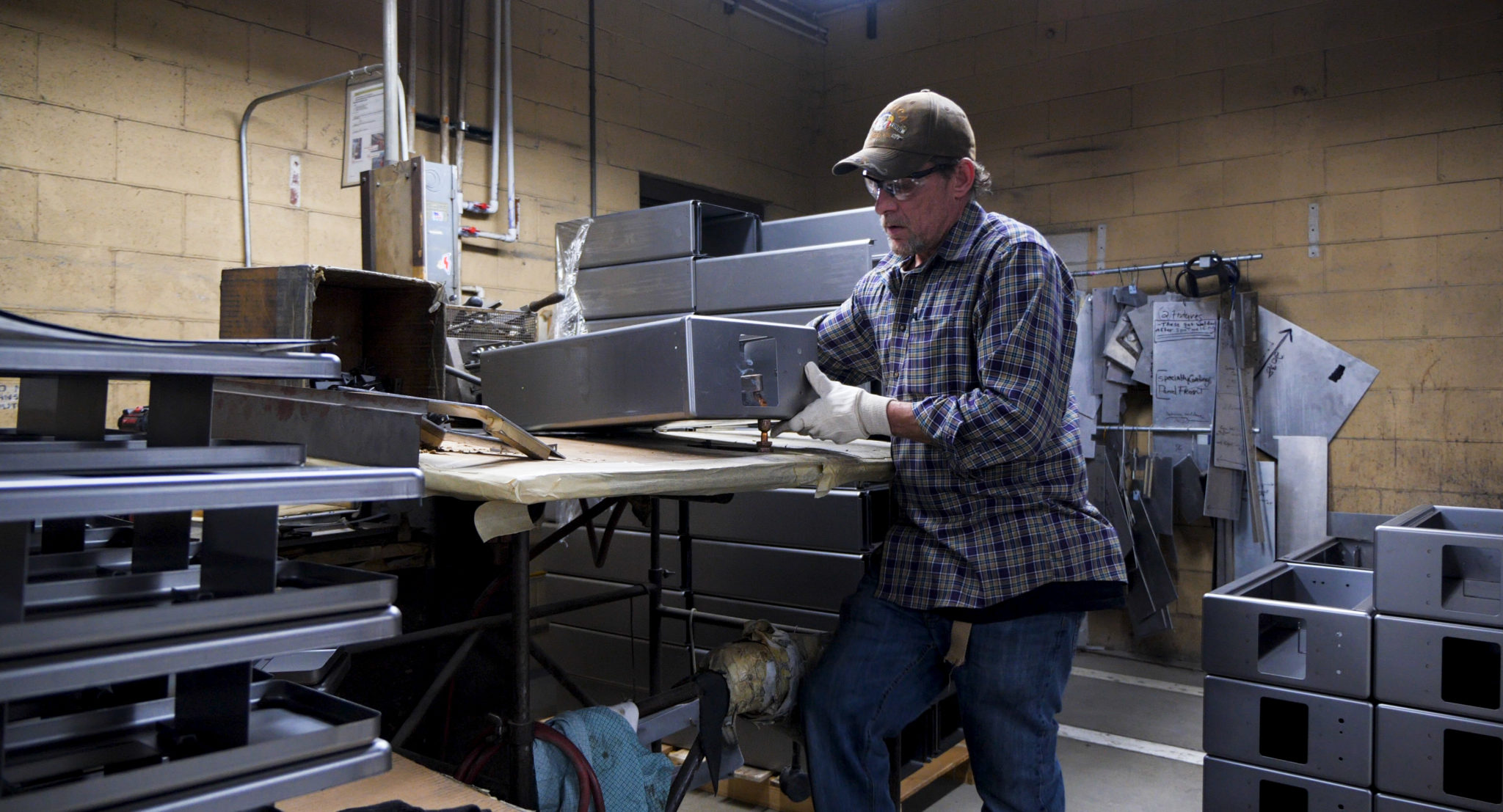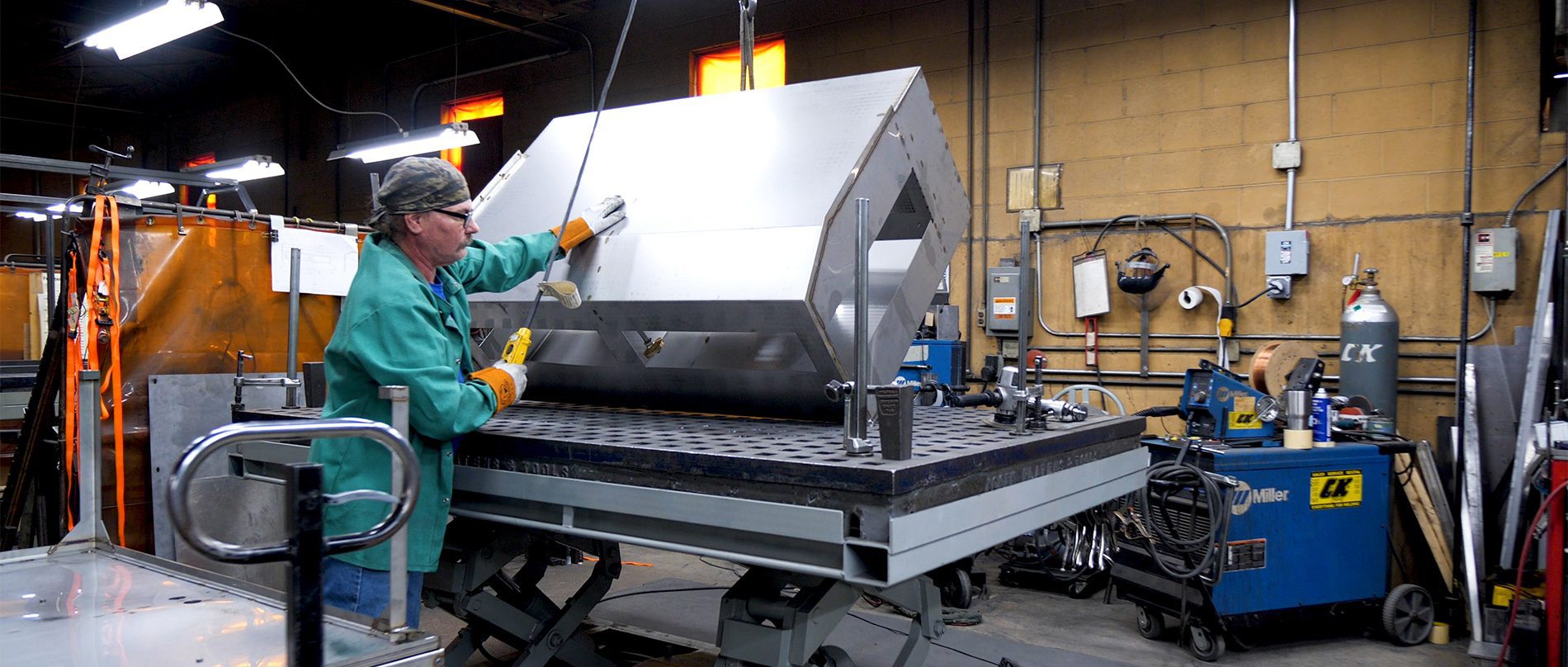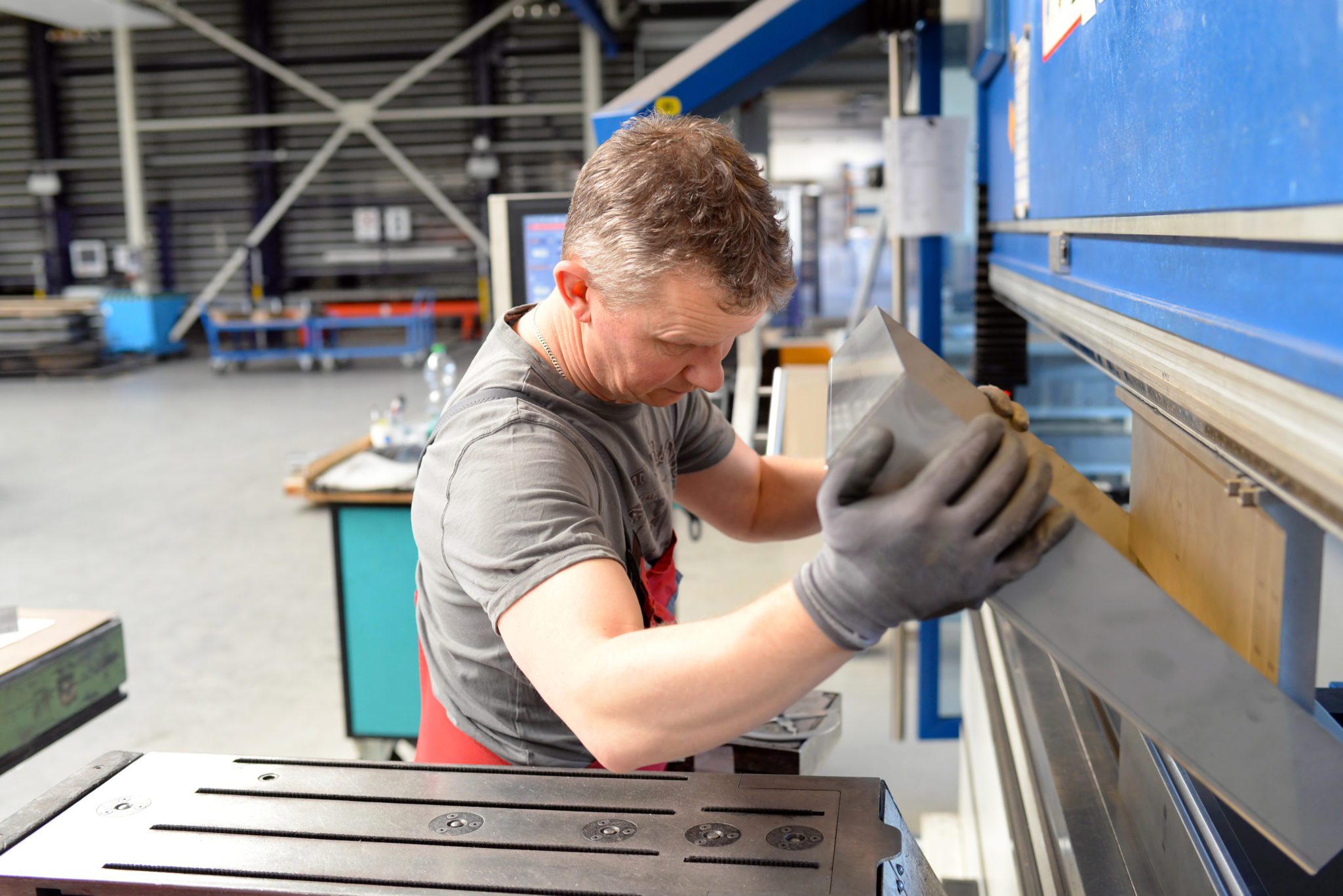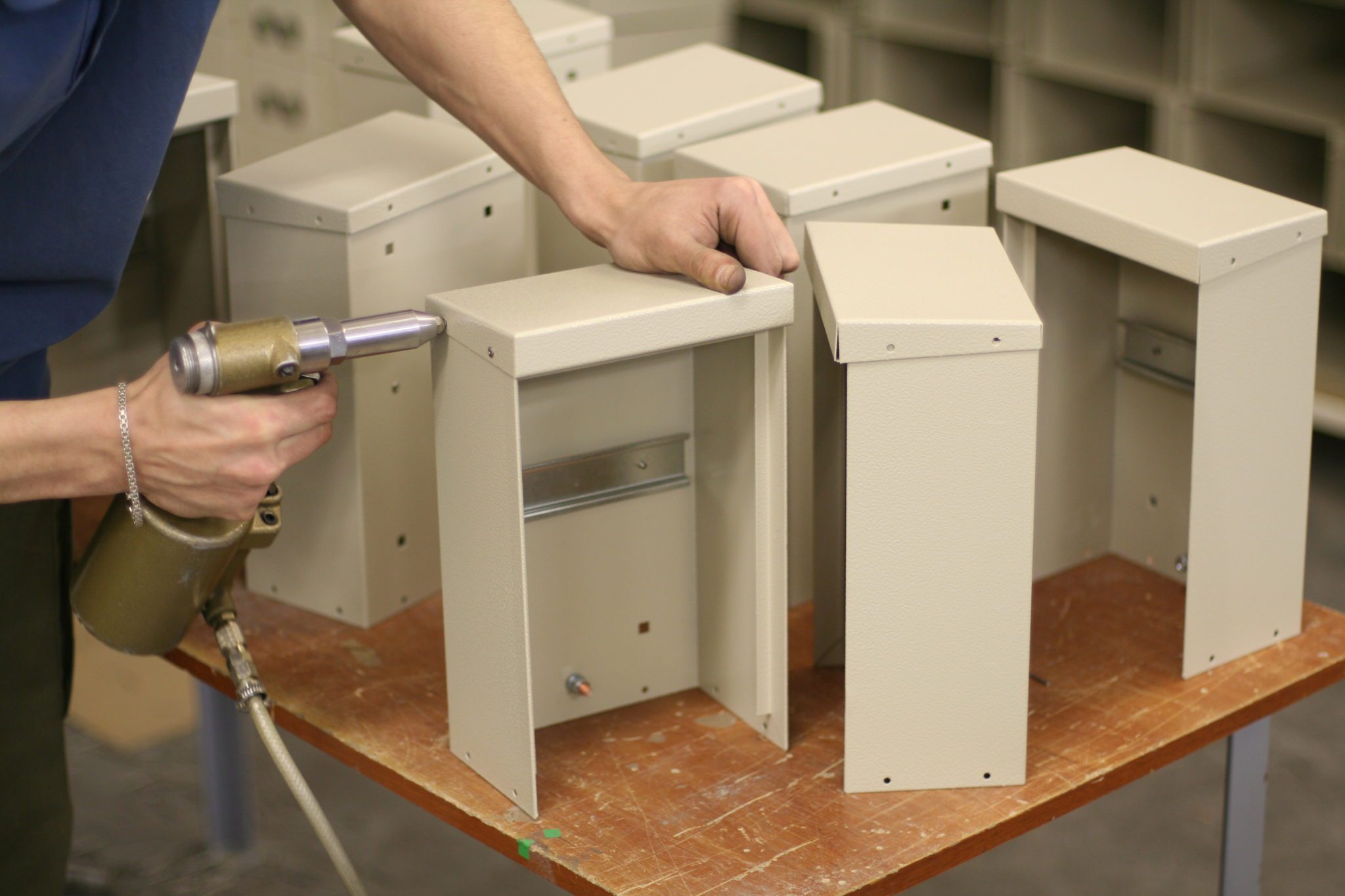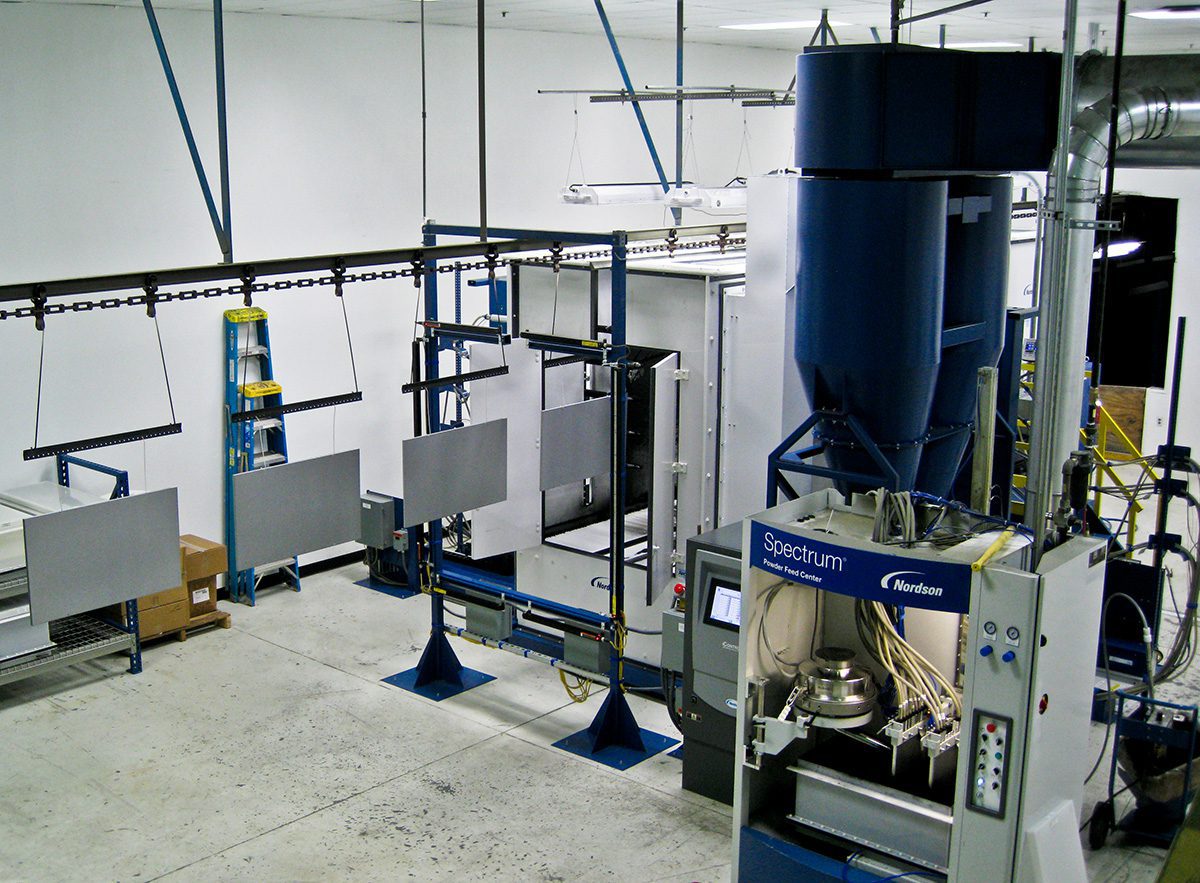When working with a sheet metal fabricator, you’re not just hiring a company – you should be choosing a collaborative partner. To ensure a successful product, it’s important to continually evaluate the relationship over time and determine if your sheet metal fabricator’s capabilities meet the needs of your product.
There are a few key things to consider when vetting your sheet metal fabricator. We’re breaking down six considerations to help you evaluate your partnership.
Work History
One of the main things to consider when evaluating your current sheet metal fabricator is looking at your overall work history.
Some questions you may ask yourself are:
- Have they continued to deliver products on time?
- Have they created a consistently high-quality product?
- Have they anticipated your needs and been a proactive partner?
When doing this, take the entirety of the partnership into account and any improvements (or regressions) over time. For example, if you’ve worked with a fabrication partner for five years and in the last two years they haven’t maintained their quality, it may be a sign it’s time to find a new partner.
Capabilities
Often, professional sheet metal fabricators will have additional services beyond sheet metal fabrication. These added capabilities can save costs and reduce delivery timelines by not shipping products to multiple manufacturers.
Consider if your current partner offers:
By working with a company that provides a full range of services from engineering through inventory management, you gain a partner who can help oversee all aspects of your work, identify additional cost-savings, and have your product completed under one roof.
If you haven’t discussed your fabricator’s value-added services previously, it’s important to get the conversation started.
Availability
In addition to ensuring your fabricator has a wide range of capabilities and has been a reliable partner, keep in mind their upcoming availability. If they will not be able to fabricate a new product for you or cannot keep up with a new high-volume order, it might be time to bring in a second fabricator to assist with overflow.
It’s also beneficial to see if your fabricator offers inventory management and just-in-time delivery. By having additional product available for last-minute orders, you’ll not only have product ready right when you need it, but you may also benefit from price breaks for fabricating higher-volume orders.
Up-To-Date Certifications
When you first started working with your sheet metal fabrication partner, you likely inquired about an ISO 9001:2015 certification.
While this is a large consideration when initially selecting a fabricator, it should be an ongoing consideration. Every year your sheet metal fabricator must be reassessed by their certifying body to maintain this certification. If your fabricator has not maintained their ISO 9001:2015 certification, it may be a sign that they have not maintained their quality standards.
Pricing
Pricing is also something that may change over time. If your fabricator’s costs have significantly increased and you can no longer develop a cost-effective product with them, it may be time to look for some alternate quotes from additional companies. While you may find that your fabricator’s costs are still competitive, you may find a similar quality item for a significantly lower cost elsewhere.
Supply Chain
Do you know where your local sheet metal fabricators source their materials?
A fabricator’s supply chain can have a long impact on pricing and availability, so it’s crucial to know where they source their products and what implications it may have. Working with a partner that sources materials locally, such as Highland Machine, can help ensure that your lead times are not impacted by international shipping delays and trade requirements.
Evaluate Your Partnership
The six considerations above can help you vet if you’re working with the right sheet metal fabrication partner for your company.
If your partner is reliable, cost-effective, maintains their commitments to quality, and offers the services you need, then the health of your partnership is intact, and it makes sense to continue working with them.
However, if they are failing to deliver on the considerations above, it might be time to look for an alternate sheet metal fabricator. If you’re looking for a local sheet metal fabricator with a wide range of services and a commitment to quality, contact Highland Machine today. We’d be happy to offer a free quote and discuss partnering with you.




